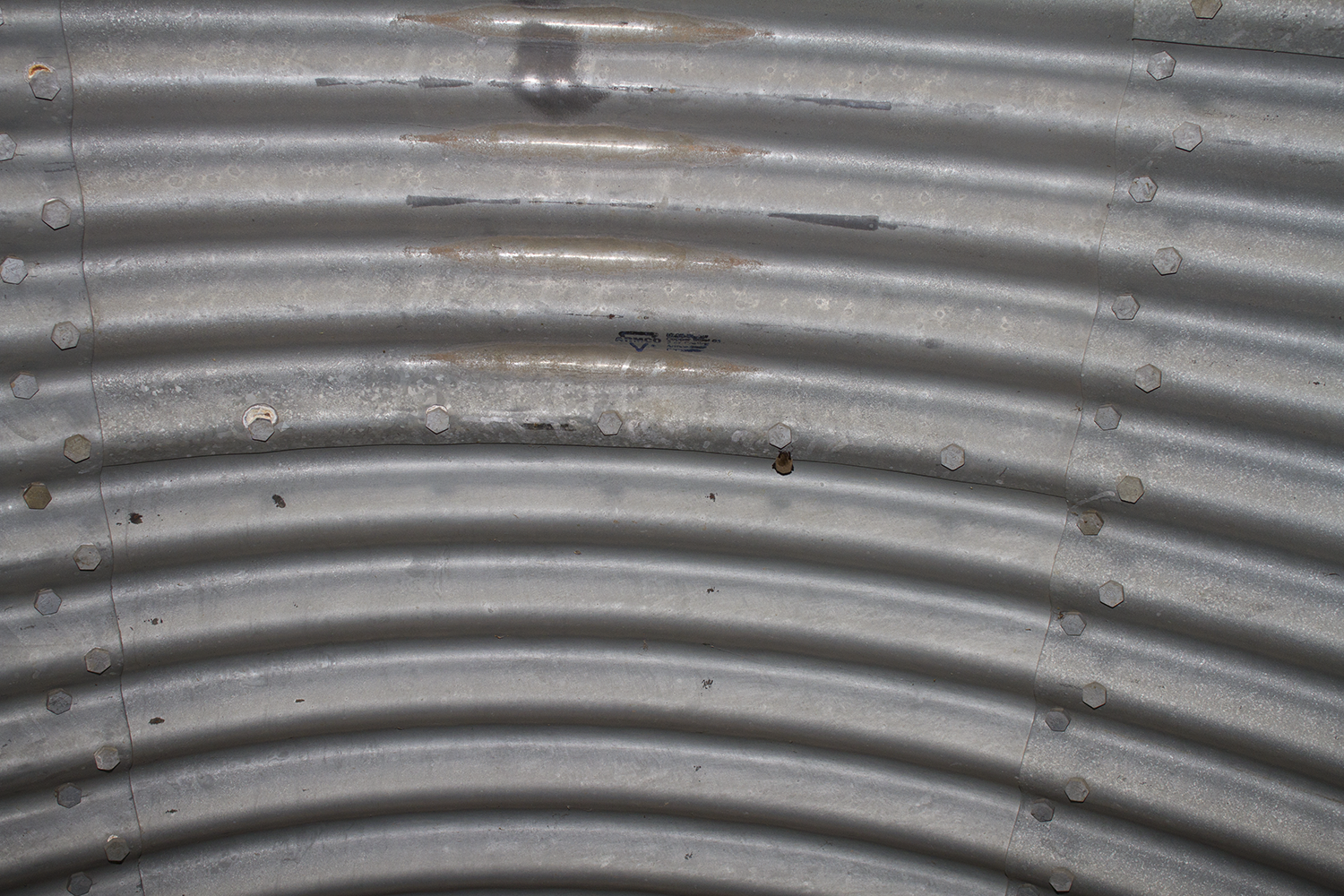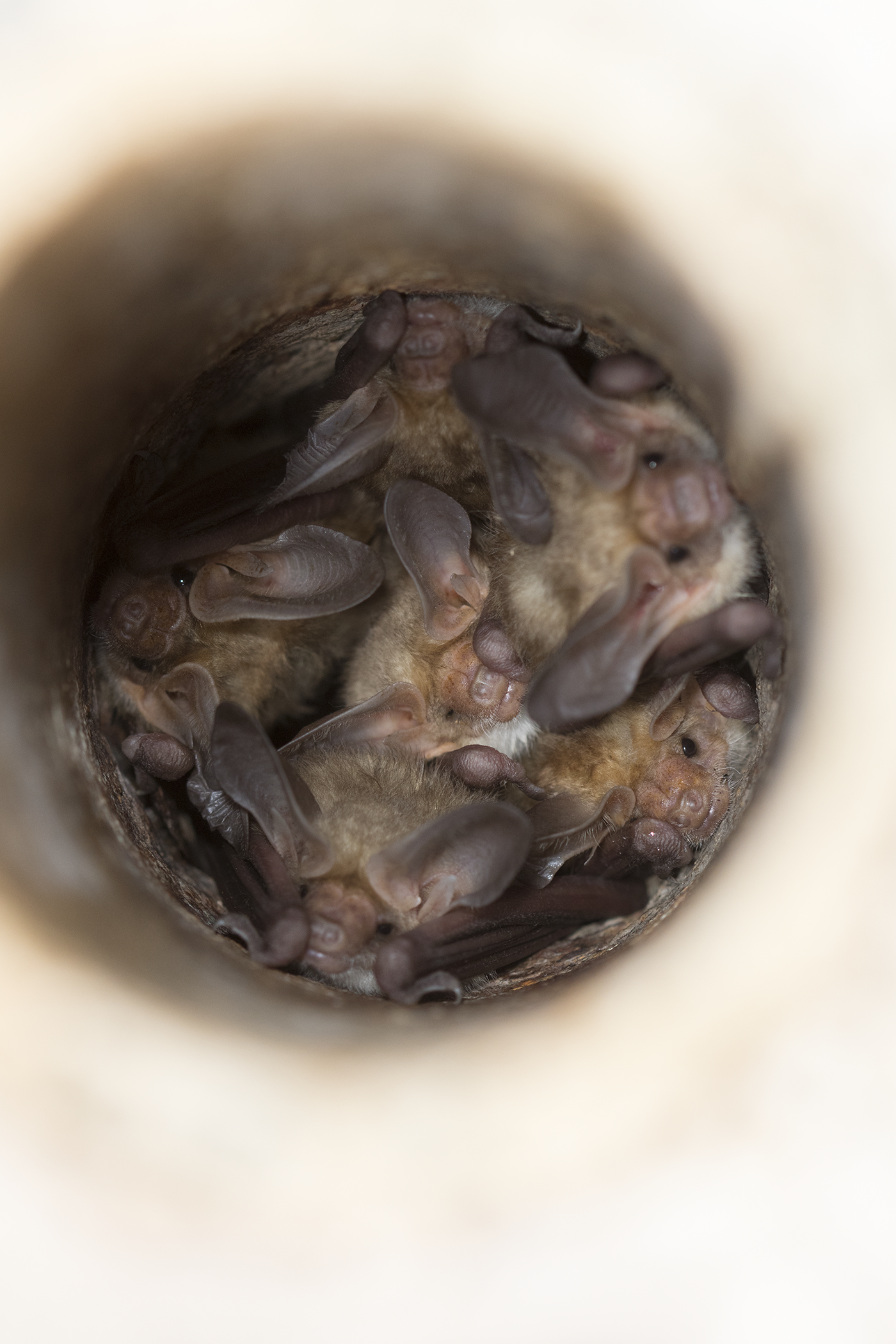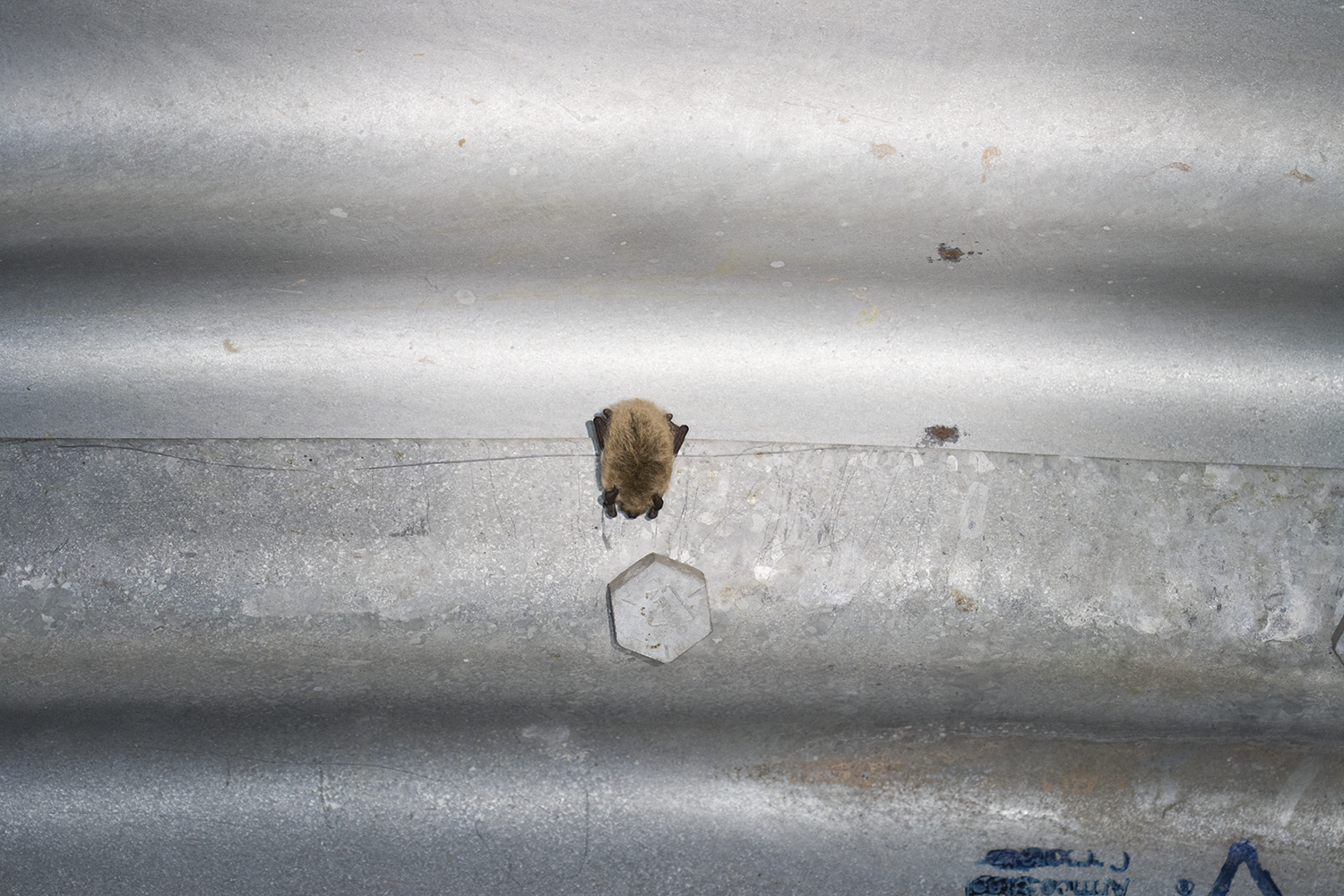







Video of Tadarida brasiliensis, Mexican free-tailed bat, colony roosting in timber bridge with no individuals or guano visible.






Corynorhinus townsendii, Townsend’s big-eared bat, maternity colony
concrete culvert, August 2016




Individual Myotis roosting in a very unique location – a cut-out ‘bolt’ section of an insulated pipe.











Myotis spp. roosting above timber beam / below deck; individuals may not be audible or visible.






If construction occurs during the nesting season (March-July), DOT will ensure that a migratory bird nest survey is conducted and unoccupied bird nests are removed. Bats that occupy H. rustica nests lay nearly prostrate within the nest cup and those within P. pyrrhonota nests (gourd-shaped enclosed structures) are typically concealed and undetectable without a borescope or fiberscope. Therefore, a survey to identify swallow activity will not discern bat occupancy.



















